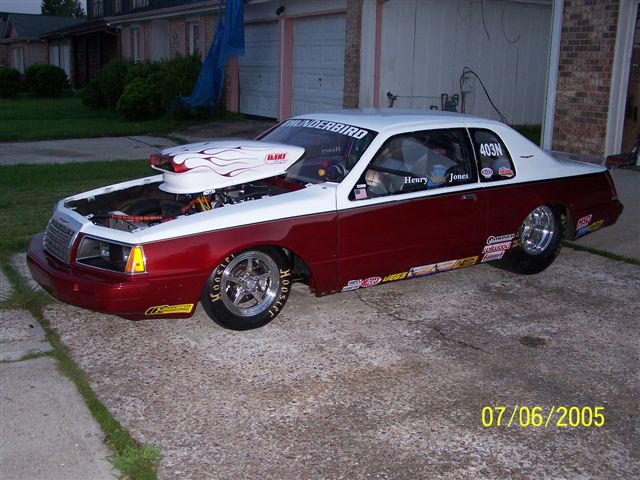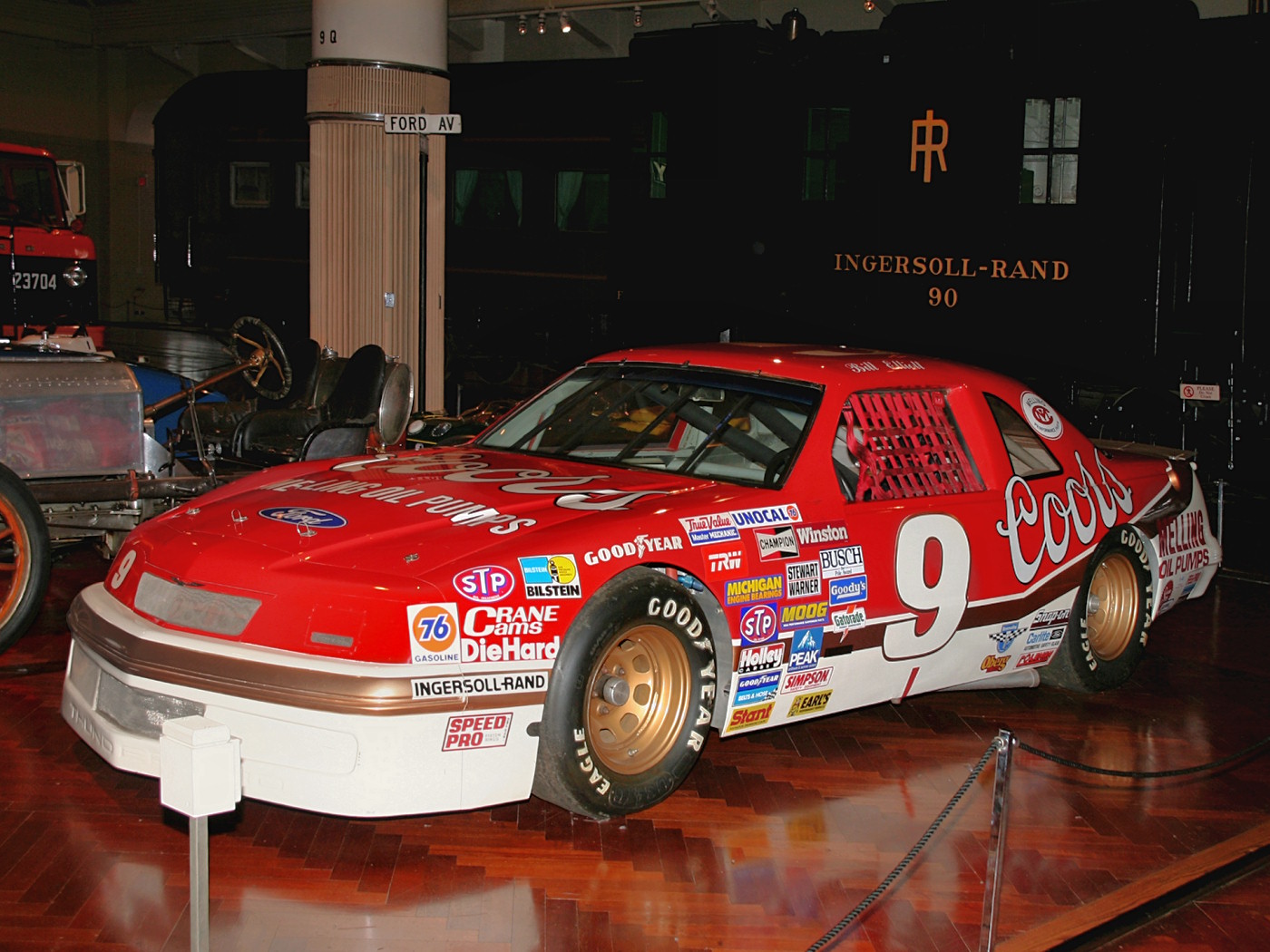

- 1969 THUNDERBIRD RACE CAR DRIVERS
- 1969 THUNDERBIRD RACE CAR MANUAL
- 1969 THUNDERBIRD RACE CAR SERIES
- 1969 THUNDERBIRD RACE CAR FREE
- 1969 THUNDERBIRD RACE CAR WINDOWS
429 Cobra Jet with solid lifters and racing cam. 1969 Thunderbird 4-door pillared hardtop landau sedan with suicide doors.

And just for fun, we're tossing in winning models from Lincoln and Mercury. 1969 Ford Thunderbird Landau Description. Chevrolet leads in wins, including extended family brands, with 1,126.Īs for who's leading the Ford pack, here's a list:Īnd, following is a rundown of every Ford model that's made it to victory lane in the Cup Series.

Toss in wins for Ford divisions Lincoln and Mercury, and Ford's win total in Cup is 800.
1969 THUNDERBIRD RACE CAR SERIES
It was also the first win in the series for a Ford division. Technically speaking, and we love asterisks, Ford's success in NASCAR Cup Series started with Jim Roper's win in a Lincoln (model unknown) at Charlotte in 1949 and came in the first race in what is now the NASCAR Cup Series. That 1950 race marked Florian's only win in the series.
1969 THUNDERBIRD RACE CAR DRIVERS
Forian was the first of 85 drivers to win races for Ford. Jimmy Florian scored Ford's first NASCAR Cup win at Dayton (Ohio) Speedway in 1950. 23 was significant not only in that Harvick clinched the first seed for NASCAR's upcoming playoffs, the win also put Ford into racing's 700-win club for manufacturers, joining rival Chevrolet (790). To do the job, A D/F-Code Thunderbird was sent to 1957 Daytona Speed Trials, where it broke the record with a speed of 138.755mph, solidifying the Thunderbird's presence as the fastest road car that the United States had to offer.Kevin Harvick's win in a Ford Mustang in the Drydene 311 NASCAR Cup Series race at Dover on Aug. Aside from the NASCAR interests, Ford was keen to beat a speed record set by the Chevrolet Corvette in 1956, which had made it the fastest car produced within the United States. Even so, the series had also ruled that they need not use the same model, and Ford consequently built 65 Two-Door Sedans, 20 convertibles, and 15 Thunderbirds with the D/F-Code package.
1969 THUNDERBIRD RACE CAR FREE
The essential idea was to create homologation versions of this setup for NASCAR, which had dictated that 100 units had to be manufactured to become eligible for competition. Find 1969 FORD THUNDERBIRD Starters and get Free Shipping on Orders Over 109 at Summit Racing Shop the Labor Day Deals and Save Now Vehicle/Engine Search Vehicle/Engine Search Make/Model Search Make/Engine Search. The claimed output was 300bhp from Ford, however, McCulloch claimed an output in the range of 360bhp for these prototypes. Fiberglass hardtops and seatbelts were also fitted on all D/F-Code variants.
1969 THUNDERBIRD RACE CAR MANUAL
Other unique touches included a heavily modified 3-speed manual transmission from Borg-Warner, which was developed strictly for racing. Prior to reaching the market, Ford's skunkworks had developed 15 supercharged prototypes known as the D/F-Code cars. The answer came in the form of the McCulloch Paxton VR57 centrifugal supercharger, which provided forced induction to the car's 312ci V8. Although the later cars certainly didn't look bad, they lacked the inherent capabilities of these original Thunderbirds, which are the main reasons why the nameplate became so popular in the first place. Combined with the slick styling and two-seater platform, this would be the last year that the Thunderbird stayed true to its form before becoming a bloated mess for 1958 and onward. Still, the pivotal factor of the 1957 Thunderbird was the addition of serious power upgrades for these cars, allowing for a level of performance that was previously unseen for mass-produced American cars.

1957 saw the addition of longer tailfins, but everything ahead of which was more or less the same on the outside. This lack of change was something of a rarity for an American car during the 1950s, as designs back then tended to change drastically on an annual basis.
1969 THUNDERBIRD RACE CAR WINDOWS
The 19 models were nearly identical in terms of appearance, save for the porthole windows featured on the latter. This allowed Ford to narrow down their market, as well as expand the notion of a roadster to a broader range of prospective buyers. Additionally, the Thunderbird wasn't necessarily built to compete with the high-end European exotics, but instead, was built primarily to compete against the Corvette. Instead of advertising it as a sports car, FoMoCo's marketing team had decided to describe the new model as a "personal luxury car", which lightened the blows from critics. Ford, however, decided to take an alternative route with the Thunderbird.


 0 kommentar(er)
0 kommentar(er)
